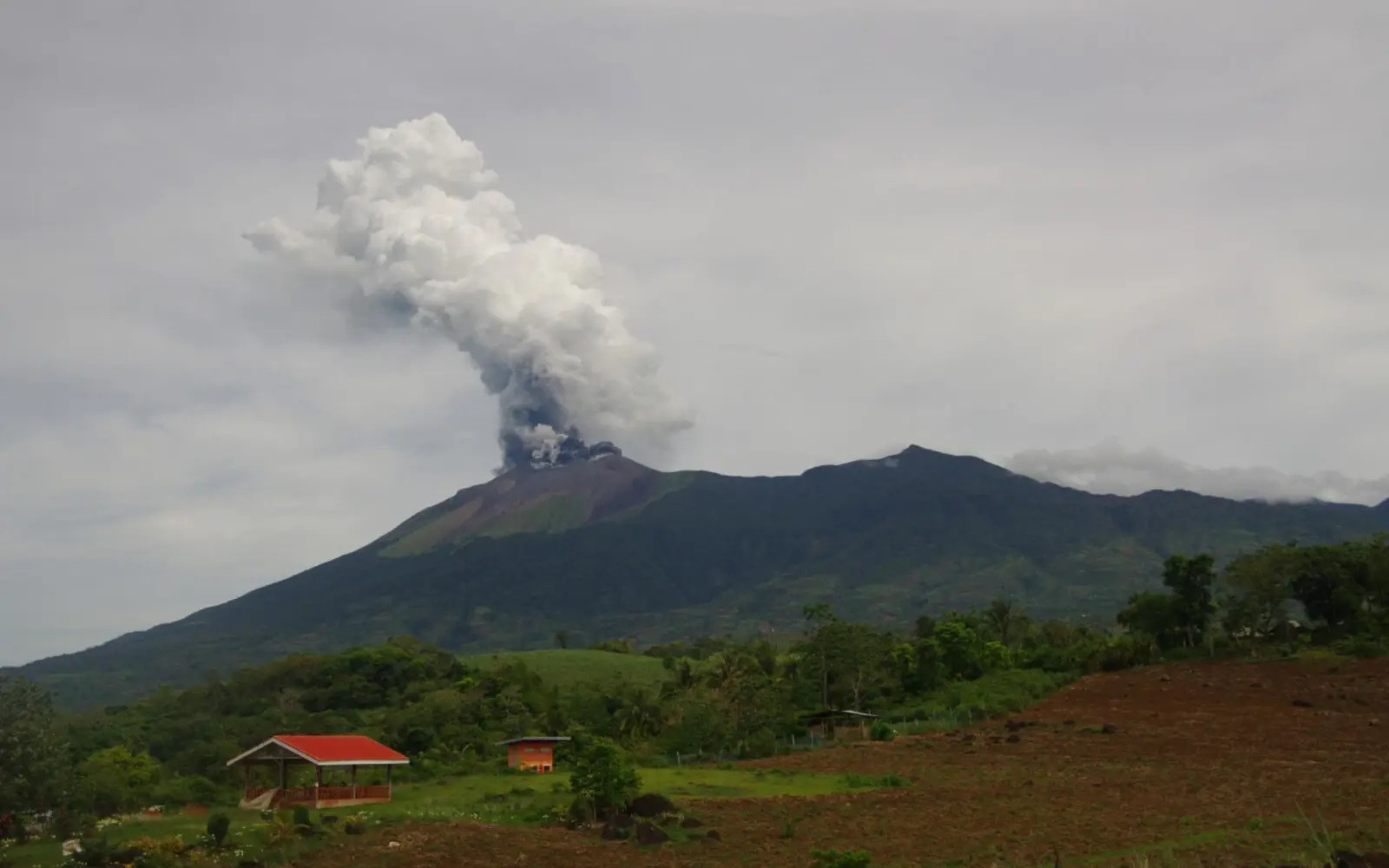Heavy rains swept volcanic ash, mud and debris into a village in the central Philippines on June 4, two days after a nearby volcano erupted.

The Kanlaon volcano on Negros Island erupted on the afternoon of June 3, sending a giant column of ash 5,000 meters high. Images posted on Facebook and verified on June 5 showed a stream of rocks and gray mud, also known as cold lava, flowing with water into the village of Biaknabato, Negros Occidental province.
Officials said the cold lava flowed knee-deep in the streets. Bulldozers and dump trucks were used to clear the cold lava after it stopped flowing.
Teresito Bacolcol, director of the Philippine Institute of Volcanology and Seismology, said the agency was still determining the size and volume of the cold lava flow. He warned that the cold lava flow contained volcanic ash and could be dangerous.
The eruption on Negros Island in the Philippines lasted for six minutes on June 3 (local time), causing a strong earthquake, forcing workers and schools in the nearby city of Canlaon to temporarily close. People living near rivers below the volcano were asked to evacuate and stop all non-essential businesses.
Philippine government officials warned on June 4 that the Kanlaon volcano could continue to erupt, including spewing dangerous ash and emitting a sulfurous odor. They said downstream rivers were at risk of flash floods, mudflows and other hazards.